You have utilized team building exercises, company picnics and outings, trained your managers to provide praise, spent a lot of money on corporate retreats and still you sense some disengagement within the troops. Frustrating isn't it? Not even the company's intranet or online employee directory has truly "connected" everyone. You might even say you have "Facebook envy" at how quickly the public social networking site has managed to connect and keep so many folks engaged in such short order. Why is that? Finding ways for employees to connect and remain connected is always a challenge, its what we call engaged in the HR business. Keeping them connected when they don’t interact frequently is even more challenging. One modern way to create better connections is to provide each employee a user profile that facilitates and personalizes these connections. Think of it as putting the Human back in your human resources. Their user profile can contain their name, photo, position or title, contact info, office they work in, responsibilities, area of expertise, blogs, or anything else you deem necessary to strengthen these connections. This alone is a step above and beyond the old Excel spreadsheets with everyone's telephone extension and email address … it allows for two fellow employees who don’t really know each other to feel like they know more about their teammate than in olden days. But let's face it, this alone won't do it.
[caption id="attachment_438" align="alignleft" width="150" caption="User Profile sample"][/caption]
What keeps people connected and primed to remain engaged is the ability to stay up-to-date with what their peers are doing, what they're working on, etc. relatively quickly. This is the addiction to social media in a nutshell! This technology is enabling CNN's "24-hour news cycle" at the personal communications level. Online directories are relatively static, except for when the admin goes in to remove names and contact information of those that have left the firm. User profiles are dynamic, self-administered, and engaging by their very nature.
What business reasons would you justify implementing user profiles vs. online directories:
- First and foremost, to push the onus of maintaining updated information to the employee, and away from HR or IT's hands; decentralization and democratization of the data.
- To establish a place for employees to engage with like-minded peers, not simply look each other up.
- To allow employees to "connect", "like", or "follow" their peers regardless of geographical or professional boundaries.
- To search for shared expertise, favorite bookmarks, common interests or ideas; a virtual suggestion box or water-cooler.
- To reduce on-boarding time for new hires.
Many of the lessons of the past few years that apply to the rise of social media platforms port over well to enterprise social networks, and should not be overlooked. Additionally, many users have become accustomed to using these profiles in their personal lives, and will be expecting to leverage the technology in their professional endeavors. Can you think of some of the other benefits that implementing user profiles would have for your organization?
-Steven Hornak
Steven is a co-founder and Managing Member of Collabor8 Learning, LLC, an instructional design and performance management consultancy. His firm collaborates with organizations to enhance the way they develop their people. To learn more about Collabor8 Learning, click here.
Steven can be reached at 305-791-1764, steve@collabor8learning.com or via Twitter @smhornak.-






